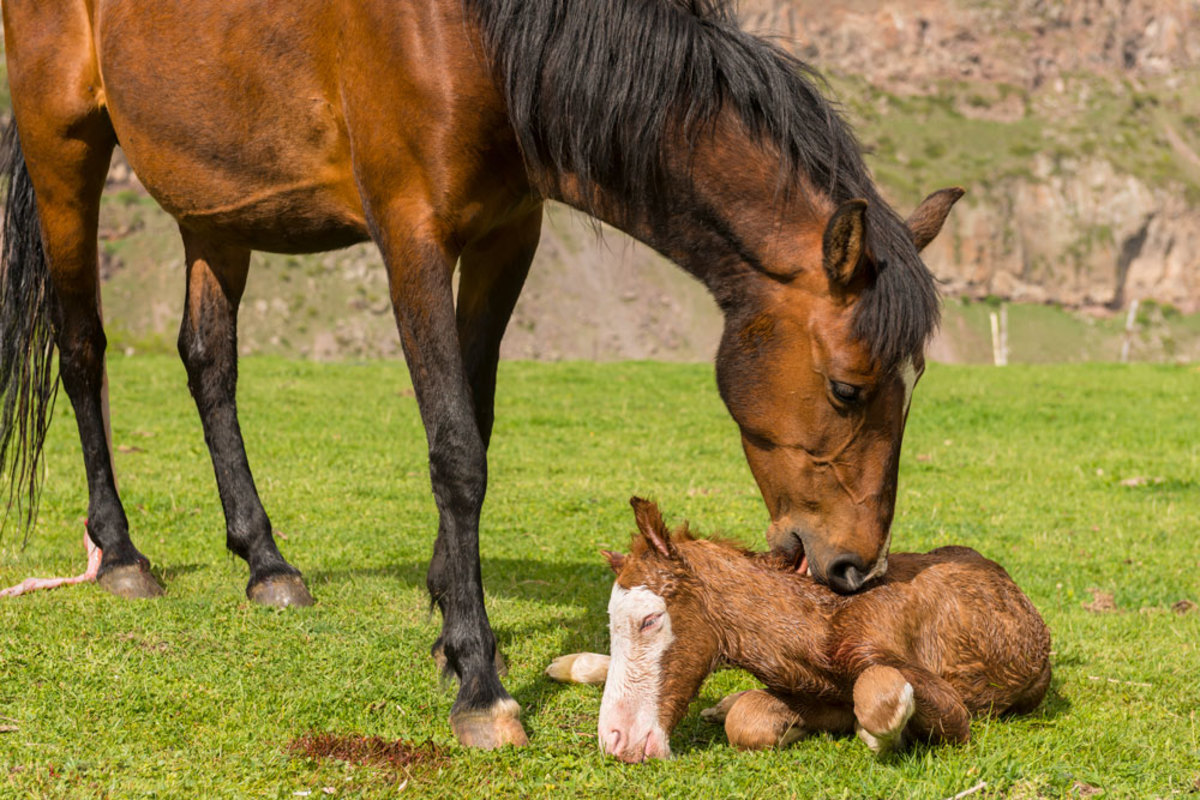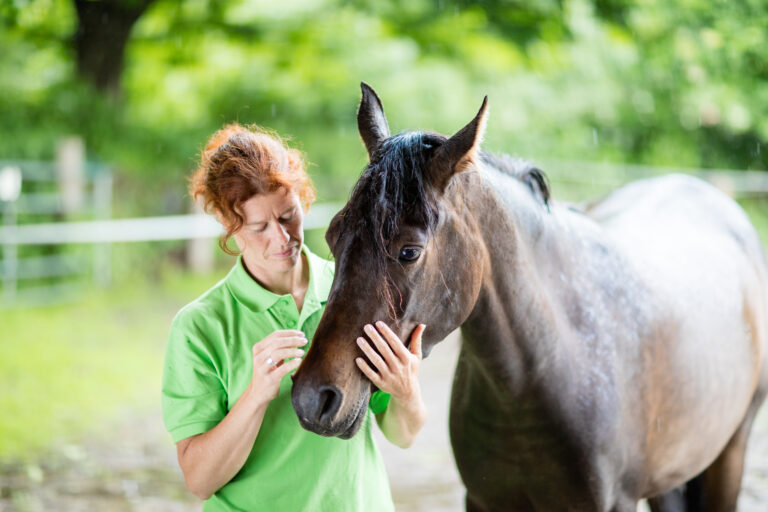
Rhodococcus equi (R. equi) granulomatous pneumonia in foals is a difficult disease to manage or prevent. Alopexx created a licensing agreement with Merck Animal Health to develop and commercialize a vaccine for R. equi. It is referred to as a poly-N-acetyl glucosamine (PNAG) vaccine, which might have additional applications for equine (and human) disease. The target of PNAG is a surface capsule polysaccharide that bacteria, fungi and protozoa produce, making this a potential broad-spectrum, antibody-mediated approach to infectious disease.
A study involved a collaboration of Noah Cohen, VMD, MPH, PhD, DACVIM, at the Equine Infectious Disease Laboratory at the College of Veterinary Medicine & Biomedical Sciences at Texas A&M University, with Colette Cywes-Bentley, PhD, and Gerald Pier, PhD, in conjunction with Brigham and Women’s Hospital and Harvard Medical School [Cywes-Bentley, C.; Rocha, J.N.; Bordin, A.I., et al. Antibody to Poly-N-acetyl glucosamine provides protection against intracellular pathogens: Mechanism of action and validation in horse foals challenged with Rhodococcus equi. PLOS Pathogen, July 19, 2018. https://doi.org/10.1371/journal. ppat.1007160].
Mares were vaccinated with the PNAG R. equi vaccine six weeks and three weeks prior to expected parturition. Antibody to R. equi was expected to pass to the foal via the colostrum. The PNAG R. equi vaccine has so far demonstrated 91% protective efficacy against R. equi in 11 of 12 foals born to immunized mares. In contrast, 86% (6 of 7) foals born to unvaccinated mares developed pneumonia.
Another study examined the efficacy of providing PNAG-hyperimmune plasma for passive immunization. 100% of five foals given this plasma did not develop disease, whereas all four foals receiving normal plasma did.
The study noted: “Killing of intracellular organisms depends on antibody recognition of surface expression of PNAG on infected cells, along with complement deposition and neutrophil-assisted lysis of infected macrophages.”
Future development of this vaccine holds promise for a number of intracellular bacterial pathogens.
This article was first published in EquiManagement Spring magazine in 2020.








